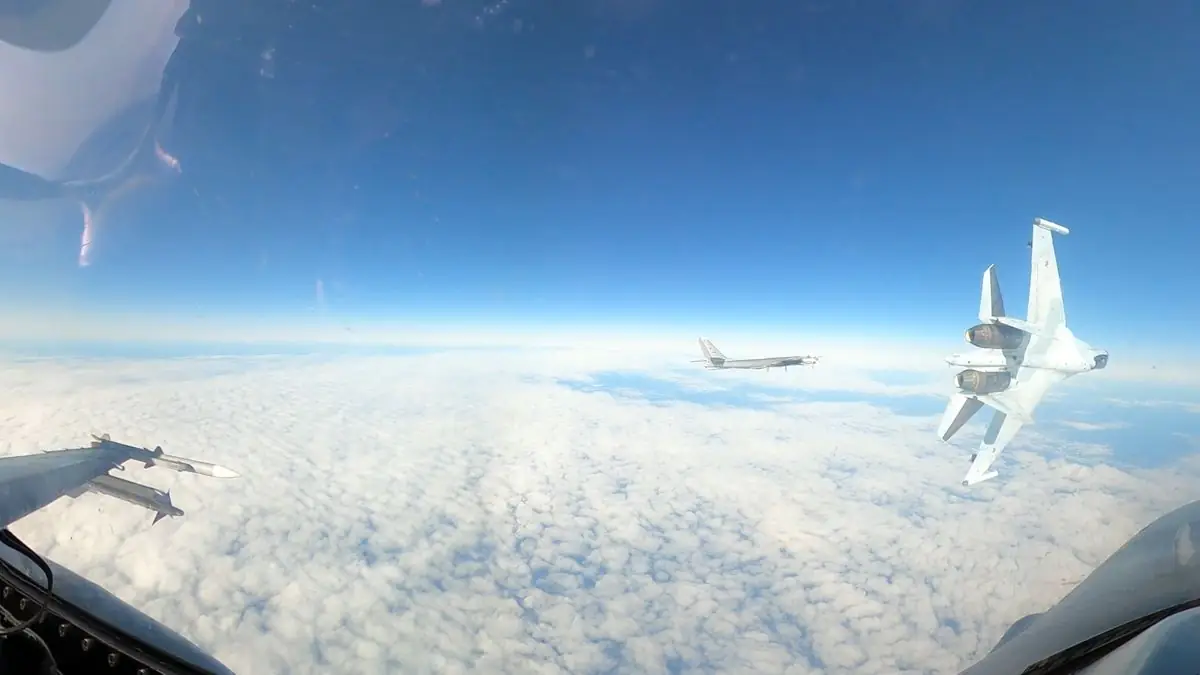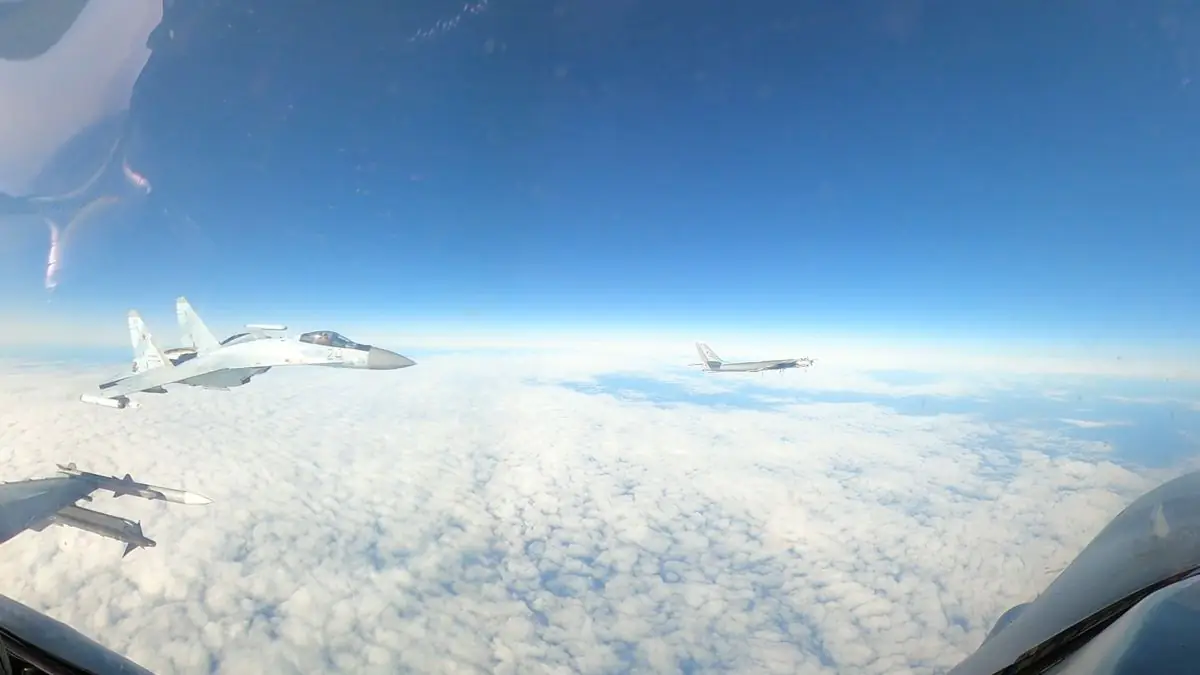Recently, American F-16 fighters, under the command of NORAD (North American Aerospace Defense Command), intercepted Russian Navy anti-submarine aircraft Il-38 and Il-38N over international airspace within the Alaskan Air Defense Identification Zone (ADIZ). These military aircraft play a significant role in maritime patrol and the detection of underwater threats.
The Il-38N is a modernized version of the Il-38, equipped with advanced detection systems. Its enhanced sensor suite includes a multifunctional radar and a high-sensitivity sonar buoy radar system for underwater monitoring. The aircraft is also equipped with a magnetic anomaly detector to locate submarines within a radius of 900 meters. Additionally, it features an electro-optical turret with an infrared camera, laser rangefinder, automated target tracking, and electronic warfare sensors.

The Il-38 and its modifications are capable of conducting reconnaissance and laying aerial mines. Thus, the interception of these aircraft serves as a reminder of the strategic importance of patrolling airspace near sensitive maritime zones.
Recently, the Russian Ministry of Defense reported that Il-38s conducted exercises in the Pacific Ocean near the Kamchatka Peninsula. The ministry noted that, according to the training plan, a group of Il-38 anti-submarine aircraft laid mines in a maritime training area. Four aircraft took off from Yelizovo airfield and established mine barriers on probable routes of enemy landing ships in Avachinskaya Bay. They dropped up to 50 training mines, which covered a stretch of coastline approximately 10 kilometers long. The aircraft were airborne for over three hours.
Photos from the interception show that at least one of the F-16Cs has a typical aggressor camouflage pattern and standard Quick Reaction Alert (QRA) equipment, including AIM-120D AMRAAM and AIM-9L/M Sidewinder missiles. It also features a targeting pod, though this is not visible in the images. In a post on Twitter, NORAD noted that “the behavior of one Russian Su-35 was dangerous, unprofessional, and put everyone at risk – not something you expect from a professional air force.”
“On Sept 23, 2024, NORAD aircraft flew a safe and disciplined intercept of Russian Military Aircraft in the Alaska ADIZ. The conduct of one Russian Su-35 was unsafe, unprofessional, and endangered all – not what you’d see in a professional air force.” – Gen. Gregory Guillot pic.twitter.com/gXZj3Ndkag
— North American Aerospace Defense Command (@NORADCommand) September 30, 2024
The fighters belong to the 18th Squadron, which was renamed the 18th Air Defense Squadron on February 2, 2024, highlighting the unit’s increased focus on air defense. The squadron has supplemented its fleet of F-22s with several F-16 fighters for rapid response missions.
This is not the first instance of F-16s in a camouflage similar to that of Russian aircraft intercepting Russian planes near Alaska. A similar situation occurred in early May of this year when four Russian military aircraft, including two Tu-95 bombers accompanied by Su-35S and Su-30SM fighters, were intercepted by F-16s within the Alaskan Air Defense Identification Zone.

The Air Defense Identification Zone (ADIZ) is a buffer airspace where any unidentified aircraft must be tracked and identified. Unlike national airspace, which is sovereign and extends 12 nautical miles from a country’s coast, the identification zone is not regulated by international law but is critical for national security. Any aircraft entering this zone without proper authorization is subject to interception, as was the case with the Russian Il-38 anti-submarine aircraft.
Source: theaviationist








